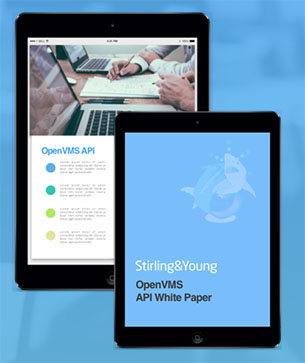Designing an Inspection Android Tablet Solution with Real Time Data Integration
Client Background
Energy Project Resources (EPR) assists clients by providing tailored staffing and consulting solutions to the global power industry. EPR’s principles are regarded as experts in project execution and serve a varied client base with creative and cost-effective services, including support for:
- Greenfield
- Repowering
- Restructuring
- Plant Upgrades
- Outage Support, and
- Special Projects.

Client Challenge and Needs
EPR is in the power plant services field. One of the tasks they perform is complete audits of highly sophisticated and complicated power plants. When ownership changes to a new owner an extensive and detailed audit can be performed to assure the new owner of the current condition of the assets of the plant. These inspections / audits are often tens of thousands of items and are performed worldwide. Each item is carefully evaluated by EPR and assigned a location so that it can be correctly identified each time on location it is visited. Visits may include a re-inspection or performing the actual needed repair or replacement.
Old Methodology:
Previously EPR would perform the audit by distributing daily work spreadsheets to the inspectors on paper and clipboards. These printouts would be filled out manually by the inspectors and then turned in at the end of each day. Another group of users would then manual key the results back into a database for reporting. There also was no way to store or link any photos of inspection items to the specific location of the device being inspected. This proved cumbersome and extremely labor intensive.
SGCO Solution
EPR approached SGCO desiring a more efficient solution to the current process. EPR's desire was to be able to perform the inspections via a tablet with real time integration with the previously manual database.
Approach:
Because the EPR database was in place and working with the old methodology there was no value in completely changing that functionality. SGCO decided to approach this with a three tier solution, the existing MSSQL database, a middle tier consisting of a server running php and JSON data for the tablet and the tablet itself. This would allow adjusting / debugging enhancing many of the features without having to redistribute a new tablet application each time.
The tablets app was rolled out initially with this approach for a power plant inspection in Singapore and worked as expected. Each tablet was connected to the Internet via Singapore's 4g cellular network. When a user logs in, the tablet notifies the middleware which exchanges credentials with the MSSQL DB via MSSQQ stored procedures (SPs). On success the user is returned records for work that is assigned to him that is filterable at the tablet depending on type and location as well and if it is a never before visited location or it has existing audit info. Data exchanges between Singapore and Phoenix Arizona where transmitted through Singapore's 4g cellular network.
The inspector can then begin to visit the locations. Through a series of pull down menus the inspector is able to select different criteria pertaining to each location such as defect type, severity, whether EPR suggests repair or replacement, etc. The inspector is also able to use that tablet to take as many pictures of the location as needed and upload them to the server in real time. If this is a location with existing audit information he is allowed to view/edit that information as well as to view in real time pictures that were previously taken.
Future enhancements:
Because there may logistic situations and remote locations that won’t allow for a real time Internet connection there are two solutions to allow the tablets to be continue to be used. One is to have a private 4g transceiver that will allow the tablets to connect and either have a hardwired Internet connection or satellite Internet connection. A 4g connection is significantly more desirable for this application then Wifi due to the range. However, this solution however will not work 100% of the time due to metallurgic inside building coverage. To mitigate total offline functionality for the tablets a suspense database will be developed that will allow the tablet to interact with a local database when it is unable to connect to the server. When the tablet is back in an area of connectivity the local tables will sync with the MSSQL tables uploading locally stored records and downloading any new server based records based on record timestamps and using an audit table to follow any changes.
Conclusion:
Using tablets in place of paper printouts worked well as both a labor saving as well as a content enhancement solution for the audit of the power plant in Singapore. It is expected that through continued enhancements it will prove to be a significant advancement in the way the Energy Project Resources (EPR) performs inspections as well as being enhanced to apply to other field resource tasks.

